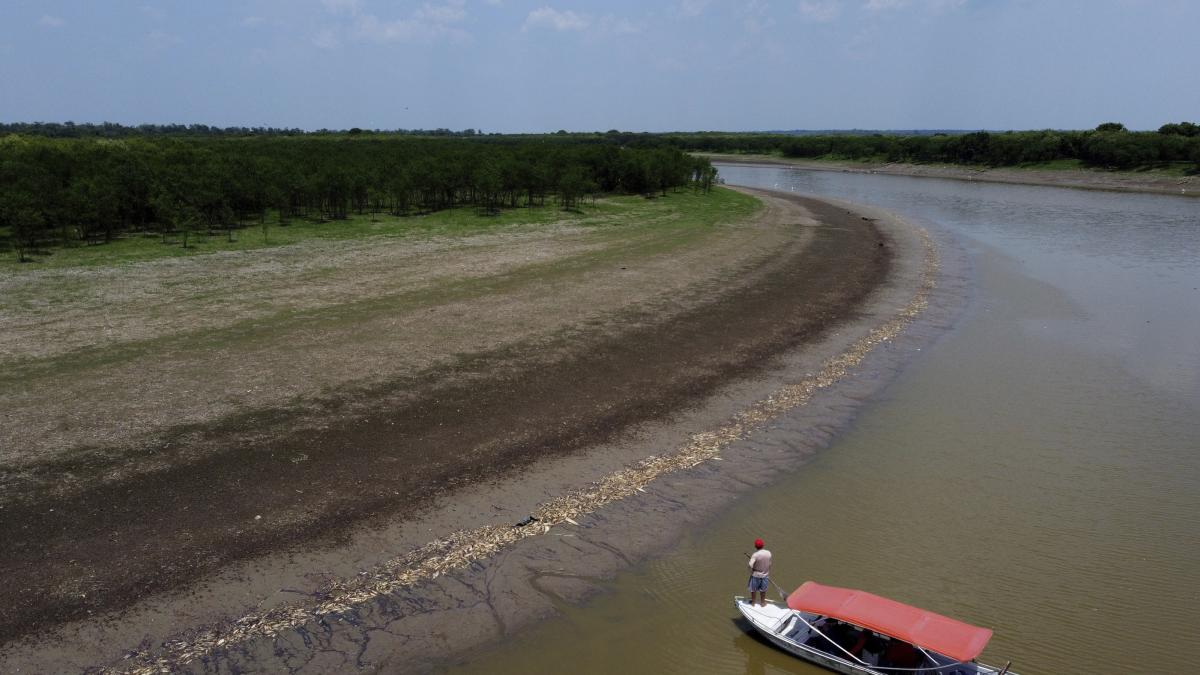According to a study published this week, freshwater fish lived in their rivers or lakes for millions of years without mixing with the rest of the continent, until human movements altered their habitats and created a large intercontinental zone.
This change, which accelerated in the middle of the 20th century, according to the authors, constitutes additional evidence for the entry into anthropology, a new geological era characterized by the ubiquity of the impacts of human activities on Earth. Trying to make it official as an academic name.
Until then, terrestrial biodiversity developed in areas separated by natural barriers such as oceans, mountains or climate zones.
A “prison” that still seems unchanged for freshwater fishes, unable to disperse across the oceans and forming part of a unique fauna for each continent.
In the 19th century, things began to change with the first exchange of species between North America, Europe and Australia.
They accelerated in the mid-20th century “when they started to introduce [especies] Everywhere,” explains Boris Leroy, a biogeographer at the National Museum of Natural History (MNHM) in Paris and lead author of the study published in Science Advances, to AFP.
These species were introduced for sanitary purposes (such as camphorias in North American rivers to fight mosquitoes) or for economic purposes, such as aquaculture (such as African tilapia and silver carp, which originated in Africa and Asia, respectively, and are among the most consumed farmed fish in the world).
Another vector of introduction is the ornamental fish trade, which spreads redfish and guppy populations around the world.
In total, 453 species were displaced from their natural areas, according to the study. Some became invasive, with devastating consequences for native species and spreading disease.
That’s 12 cases of “superspreading” around the world.
Like Pangea times
The researchers worked with a database of more than 11,000 species spread across more than 3,000 water bodies.
The latest tool, based on a collection of thousands of studies, allows us to see whether species are native or introduced in every part of the world.
Using the “bioregionalization” methodology, his team was able to compare natural areas with areas modified by human activities.
“Four of the six natural biogeographic regions — North America, Europe, Asia, and Oceania — have merged into one large region that now yields a common species composition,” notes the MNHM.
This new geography of fish reflects intercontinental trade exchanges, Leroy says.
At the end of the Paleozoic era and the beginning of the Mesozoic era, “we artificially recreate the same species distribution conditions as in the supercontinent of Pangea,” says the researcher.
Fish may disperse within this single continental mass. From the extinction about 200 million years ago, “biodiversity evolved in isolation until the arrival of man, who changed the rules of the game.”
The study, according to the biologist, provides a “cartographic demonstration” of the Anthropocene, “the period when man became the force of planetary change rather than natural geological forces.”
This new epoch, discussed within the scientific community, would mark the departure of the Holocene epoch (starting 12,000 years ago) in the middle of the 20th century.
Precisely, there was an exponential explosion in the international trade of freshwater fish starting in 1947, the study points out. “Today we are not seeing a slowdown in introductions, we are even seeing an acceleration,” Leroy insists with concern.
Adapted to their natural environment, he advances, introduced species “will not only create common fossils between different parts of the world, but also create new lines that will change the evolutionary trajectory of biodiversity.”
For future generations, these fossils will attest to the passage to the Anthropocene.




